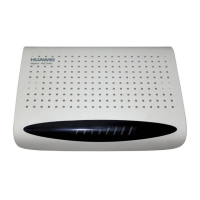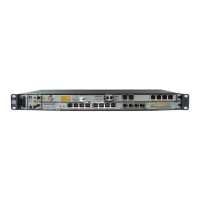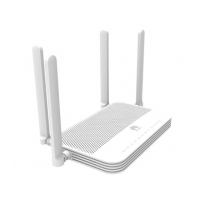Flood
● Power o the system if it is safe to do so.
● If any part of the batteries is submerged in water, do not touch the batteries
to avoid electric shock.
● Do not use batteries that have been soaked in water. Contact a battery
recycling company for disposal.
Smoke or Fire
● In case of smoke or re, if there is a large amount of smoke in the battery
storage room, do not open the door to prevent explosion risks and toxic gas
inhalation.
● If a lithium battery catches
re, ammable and toxic gases will be released.
Therefore, during the extinguishing process, all reghters must wear a full set
of protective suite, including
ame retardant/reproof clothing, air-purifying
respirator or breathing apparatus, reghter helmet and mask, and insulated
shoes.
● A lithium battery
re may last for several hours. After it is extinguished, the re
may be reignited by the heat generated from residual ingredients due to
internal cell damage. After an open ame is extinguished, continue spraying
water to cool the batteries. Wait until the battery temperature drops to the
room temperature±10°C and monitor for 24 hours to ensure that there is no
sign of temperature rise before removing the batteries. Move the removed
batteries to a safe place (an open and safe outdoor place is recommended),
and then place the batteries in the
re sand box or salt water.
If a Huawei ESS emits smoke or catches re, household members should not
dispose of the ESS by themselves. Follow the processes in the
owchart below.
iSitePower-M (MAP05A1, MAB05B1)
User Manual 3 Emergency Handling
Issue 06 (2023-04-24) Copyright © Huawei Digital Power Technologies Co., Ltd. 26

